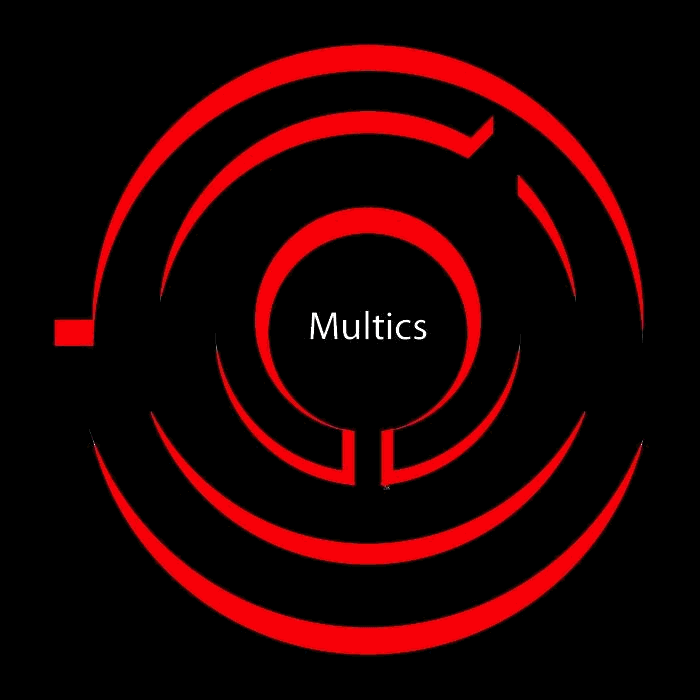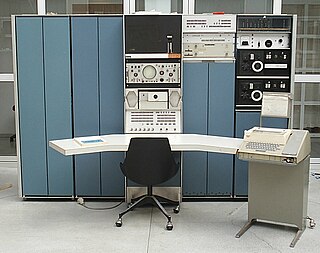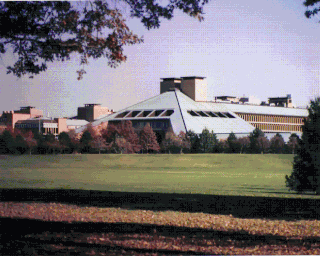
Brian Wilson Kernighan is a Canadian computer scientist.
B is a programming language developed at Bell Labs circa 1969. It is the work of Ken Thompson with Dennis Ritchie.
troff is the major component of a document processing system developed by AT&T Corporation for the Unix operating system.
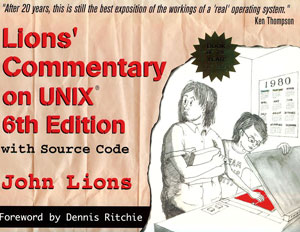
Lions' Commentary on UNIX 6th Edition, with Source Code by John Lions (1976) contains source code of the 6th Edition Unix kernel plus a commentary. It is commonly referred to as the Lions Book. Despite its age, it is still considered an excellent commentary on simple but high quality code.
nroff is a text-formatting program on Unix and Unix-like operating systems. It produces output suitable for simple fixed-width printers and terminal windows. It is an integral part of the Unix help system, being used to format man pages for display.
Joseph F. Ossanna worked as a member of the technical staff at the Bell Telephone Laboratories in Murray Hill, New Jersey. He became actively engaged in the software design of Multics, a general-purpose operating system used at Bell.
TYPSET was a document editor that was used with the 1964-released RUNOFF program, one of the earliest text formatting programs to see significant use.

Coherent is a clone of the Unix operating system for IBM PC compatibles and other microcomputers, developed and sold by the now-defunct Mark Williams Company (MWC). Historically, the operating system was a proprietary product, but it became open source in 2015, released under a 3-clause BSD License.

Seventh Edition Unix, also called Version 7 Unix, Version 7 or just V7, was an important early release of the Unix operating system. V7, released in 1979, was the last Bell Laboratories release to see widespread distribution before the commercialization of Unix by AT&T Corporation in the early 1980s. V7 was originally developed for Digital Equipment Corporation's PDP-11 minicomputers and was later ported to other platforms.
Jerome Howard "Jerry" Saltzer is a computer scientist.
The Programmer's Workbench (PWB/UNIX) is an early, now discontinued, version of the Unix operating system created in the Bell Labs Computer Science Research Group of AT&T. Its stated goal was to provide a time-sharing working environment for large groups of programmers, writing software for larger batch processing computers.
Part of the troff suite of Unix document layout tools, tbl is a preprocessor that formats tables in preparation for processing with troff/nroff.

The history of Unix dates back to the mid-1960s when the Massachusetts Institute of Technology, AT&T Bell Labs, and General Electric were jointly developing an experimental time sharing operating system called Multics for the GE-645 mainframe. Multics introduced many innovations, but had many problems.
Research Unix refers to early versions of the Unix operating system for DEC PDP-7, PDP-11, VAX and Interdata 7/32 and 8/32 computers, developed in the Bell Labs Computing Sciences Research Center.
Groff is a typesetting system that creates formatted output when given plain text mixed with formatting commands. It is the GNU replacement for the troff and nroff text formatters.
refer is a program for managing bibliographic references, and citing them in troff documents. It is implemented as a troff preprocessor.
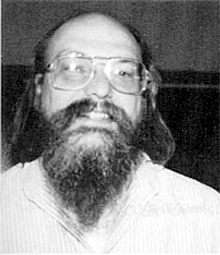
Kenneth Lane Thompson is an American pioneer of computer science. Having worked at Bell Labs for most of his career, Thompson designed and implemented the original Unix operating system. He also invented the B programming language, the direct predecessor to the C programming language, and was one of the creators and early developers of the Plan 9 operating system. Since 2006, Thompson has worked at Google, where he co-invented the Go programming language.
Lorinda Cherry is a computer programmer. She received her Masters in computer science from Stevens Institute of Technology in 1969. She joined Bell Labs in 1972 as an assembly language programmer, and worked there on the Unix operating system for several years.


